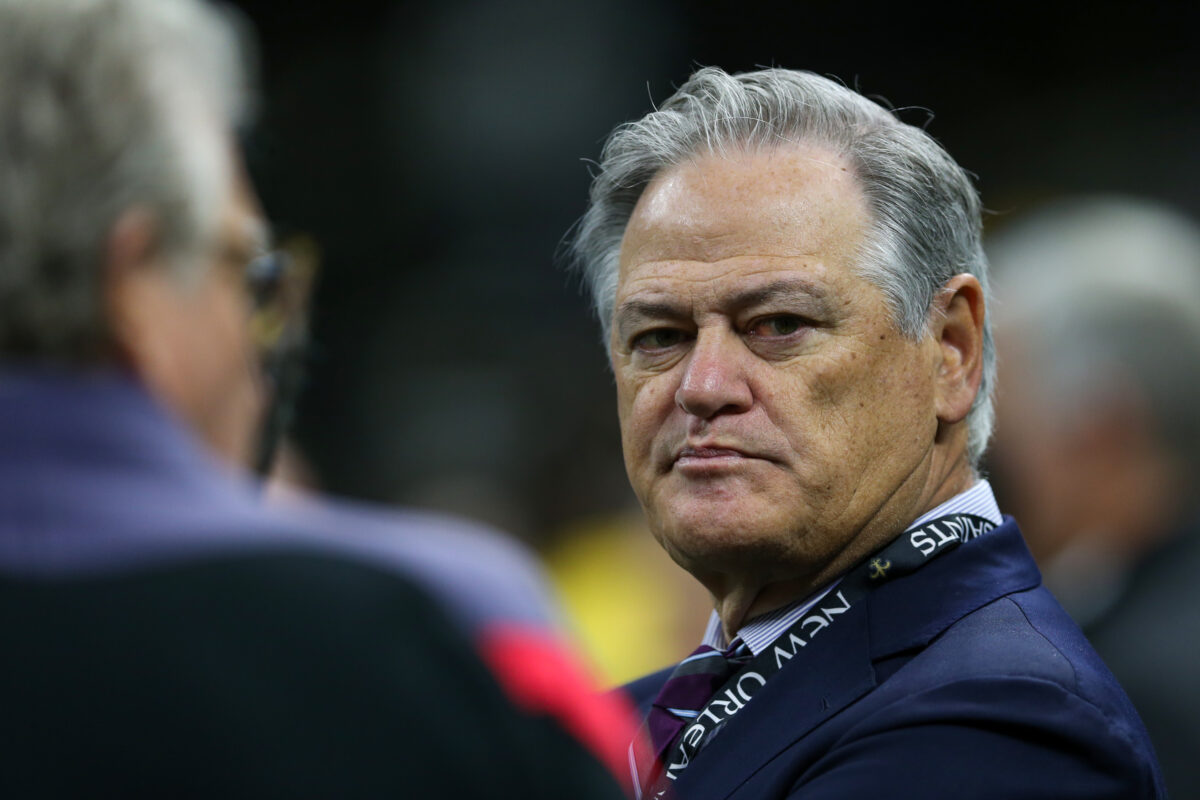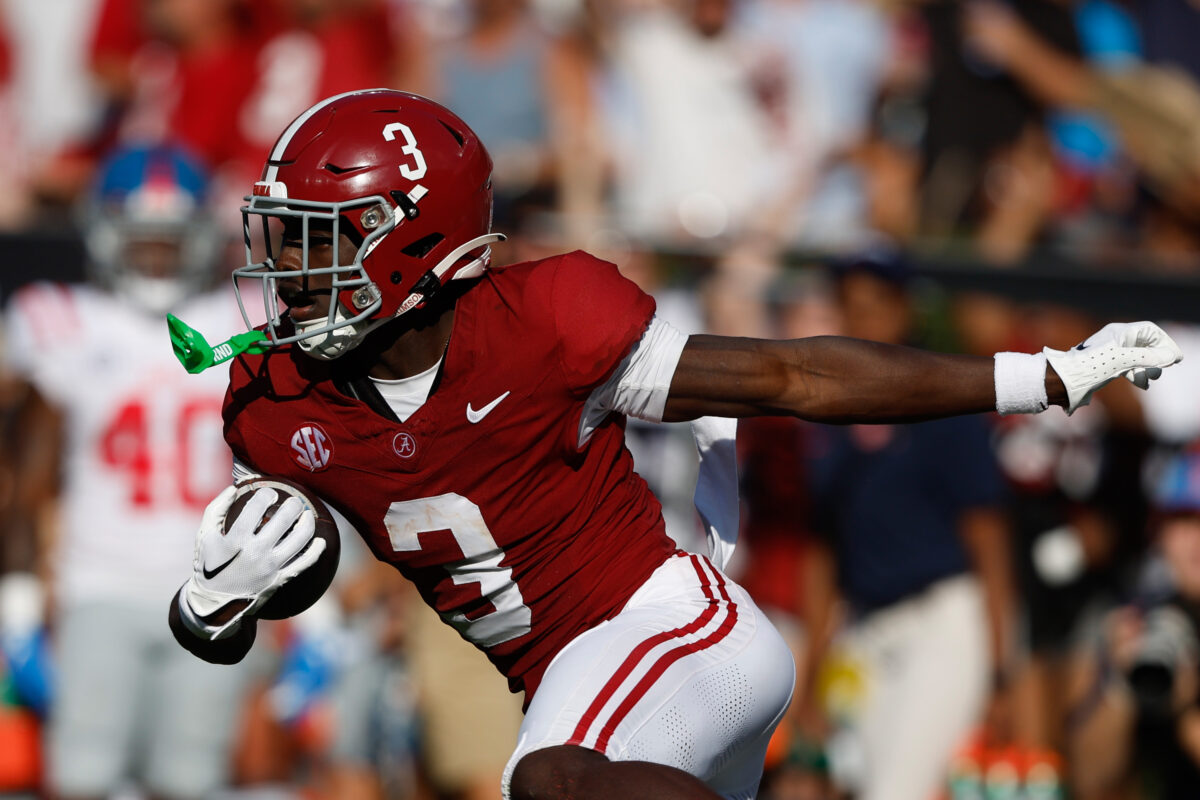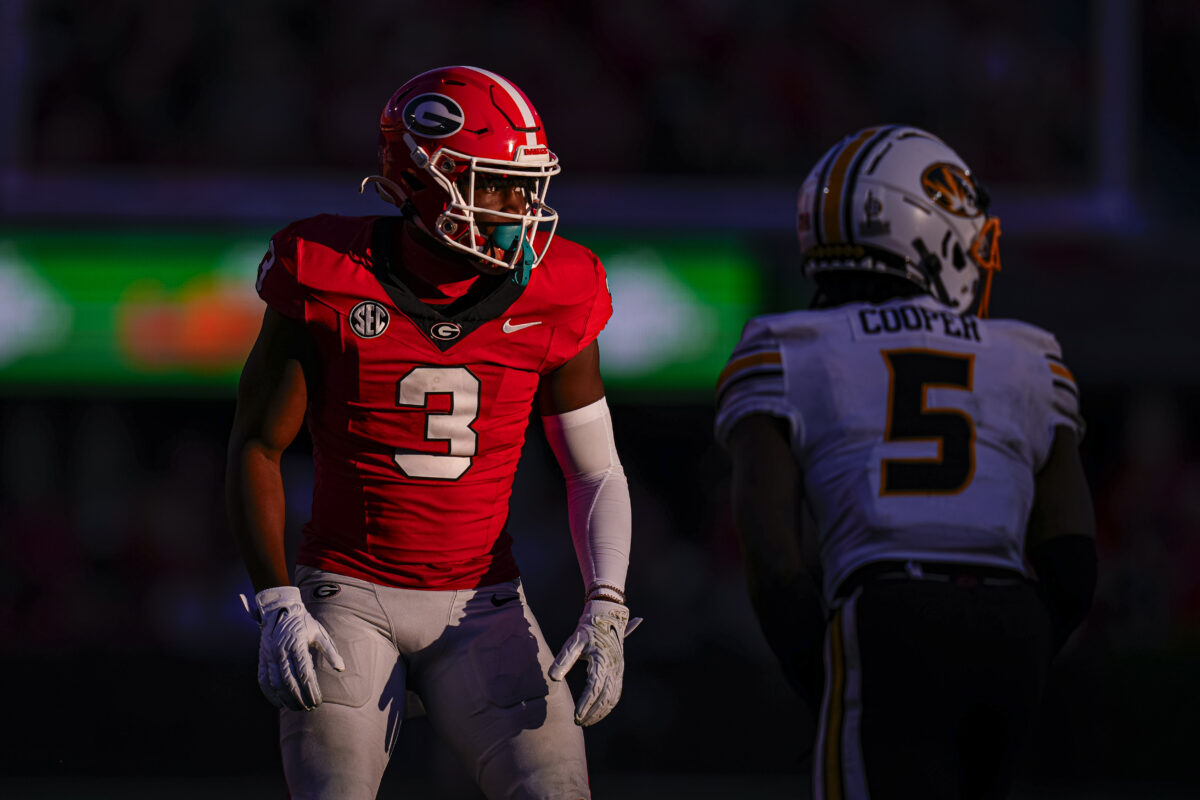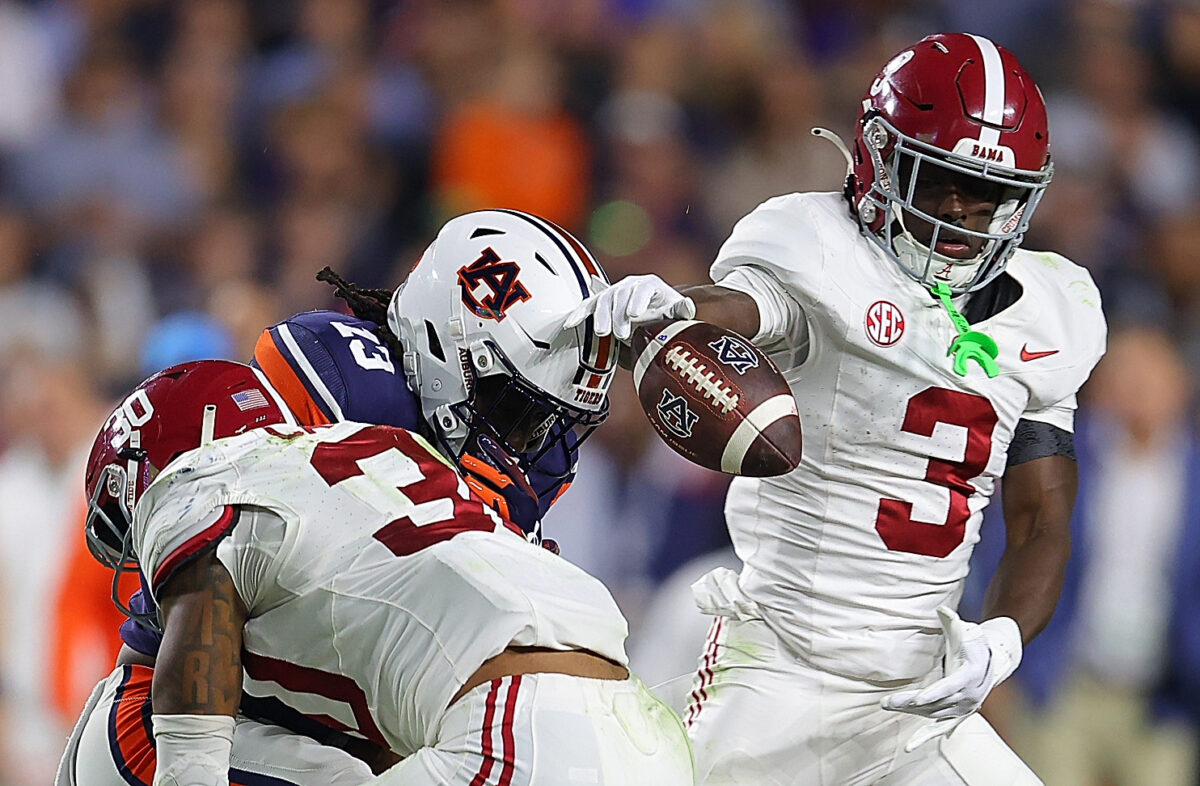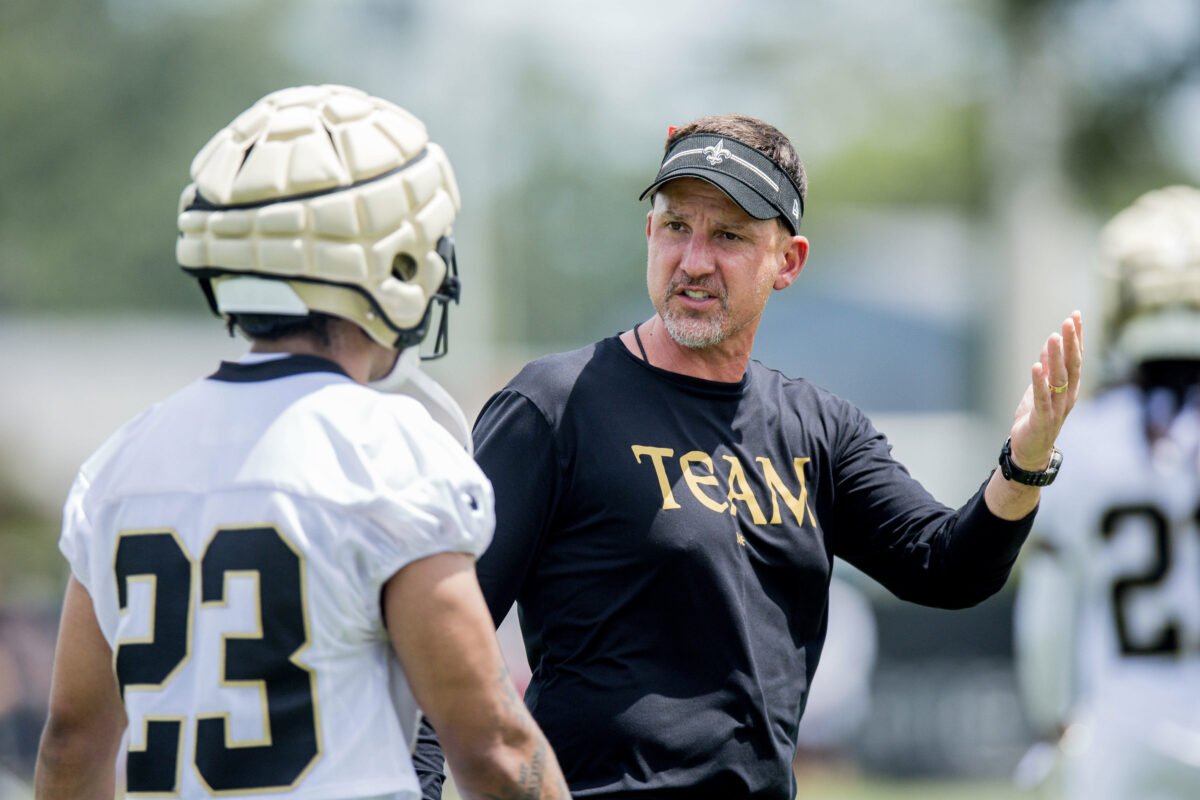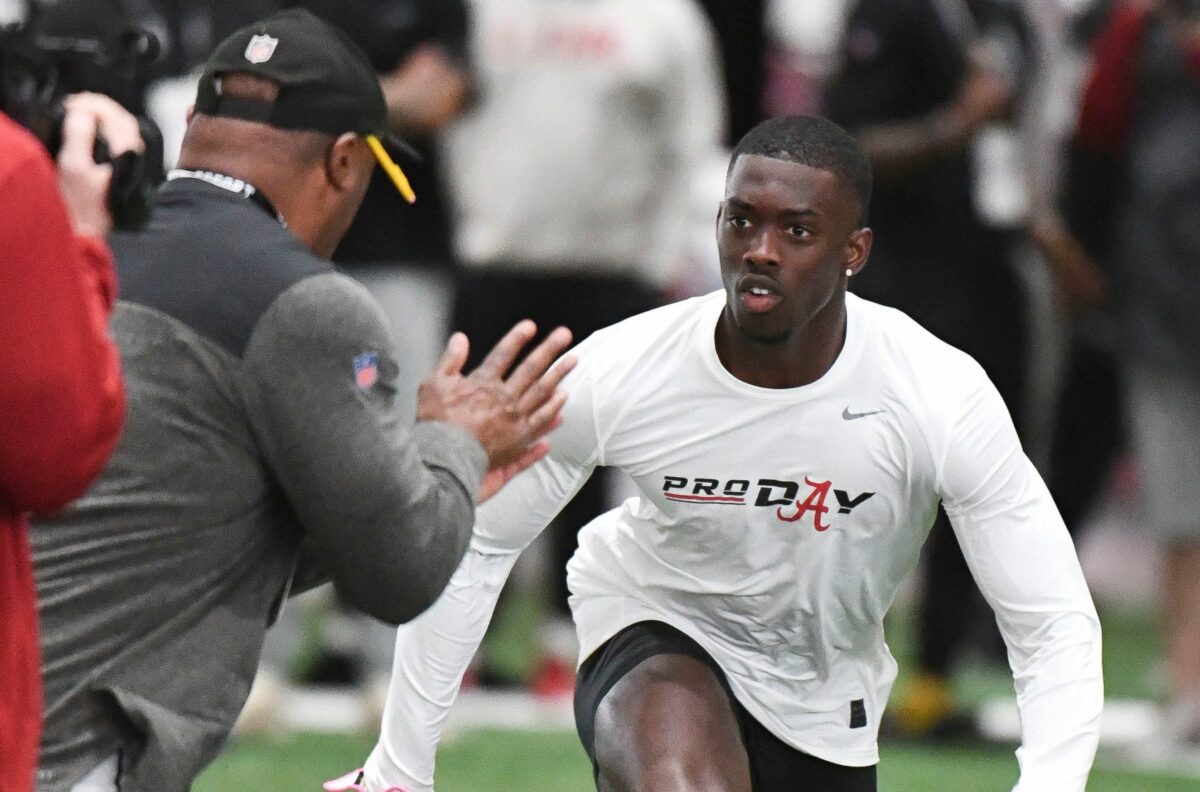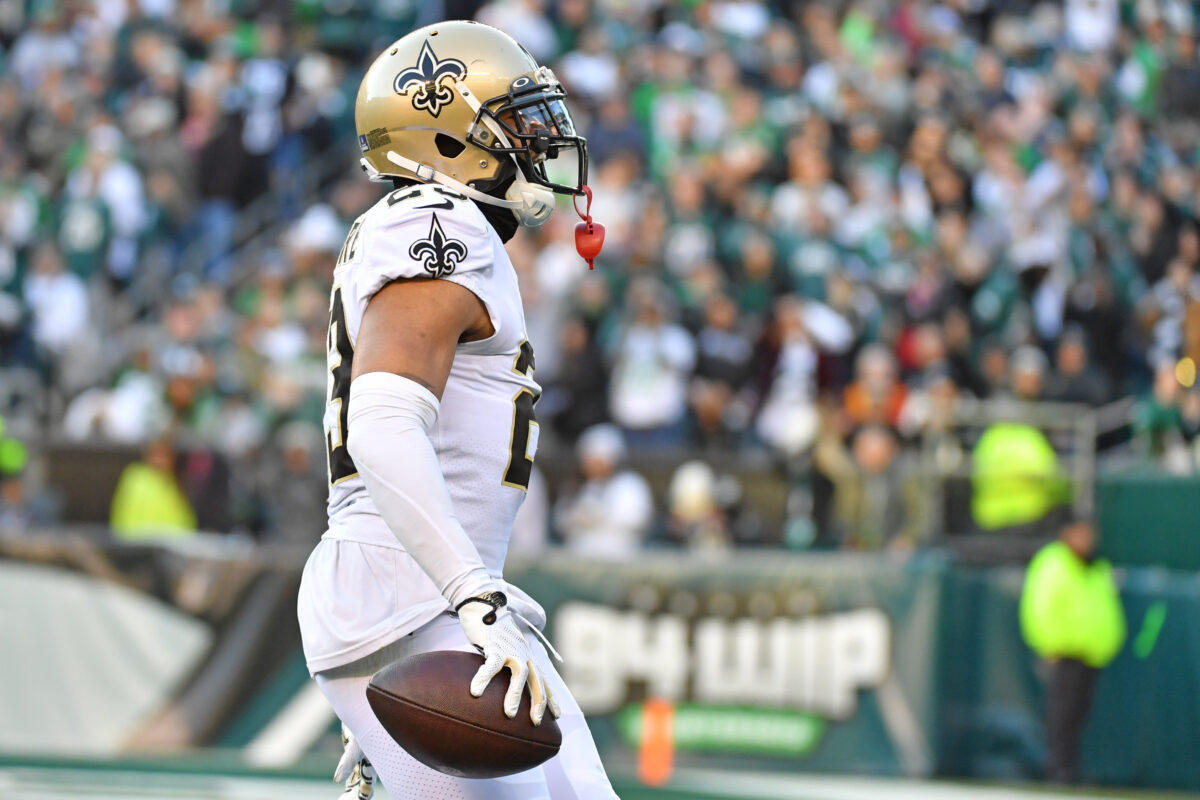We’re a couple of weeks into free agency and more creative accounting decisions by the New Orleans Saints have allowed the team to keep their best players while spending responsibly on new additions. And a more measured attitude to retaining depth has allowed some fan-favorite backups to leave for bigger opportunities. So where do the Saints sit beneath the salary cap after working feverishly (or at least that’s how it looks from the outside peering in) to reach compliance before this all started? Can they even sign their draft class?
Now, this is an estimate based off some key assumptions and calculations. Again, it’s an estimate. Those with access to these contracts, agents, and key personnel in the Saints front office are going to have more accurate numbers. But we should be pretty close given everything that’s publicly available.
Let’s start with the big one: Chase Young’s contract. There’s still some confusion going around about his cap hit. Over The Cap’s experts, relying on early reporting, have him at $5,026,000 (and so does Spotrac, which regularly scrapes OTC’s website for data). But Young’s cap hit is much lower thana that. NewOrleans.Football’s Nick Underhill more recently reported that it’s under $3.5 million, which is the number the New Orleans front office is working with. How did they get there? What is the cap hit exactly?
We’re guessing it falls at about $3,406,000. That would account for a minimum salary ($1,125,000) and a prorated signing bonus ($2,281,000), which is how the Saints are treating Young’s per-game roster bonuses (totaling $7,990,000) and workout bonus ($450,000). Because all of that money was guaranteed to pay out this year, the Saints can treat it as a signing bonus (with voiding ghost years, of course) for cap purposes. Locked On Saints’ Ross Jackson reports that 16 of those 17 per-game roster bonuses were designated as “likely to be earned” which means the Saints will be refunded a cap credit in 2025 for any games Young misses after Week 1.
Now to the others. Contract details on linebacker Willie Gay Jr., safeties Johnathan Abram and Ugo Amadi, and offensive lineman Oli Udoh are scarce. All we know for sure is that Gay received $3 million guaranteed with incentives that raises his deal’s max value to $5 million (and, if he reaches them, will count against the cap in 2025). So that probably means a guaranteed minimum salary ($1,125,000) and a signing bonus ($1,875,000) prorated over five years with more of those voiding ghost years, giving us a 2024 salary cap hit of just $1.5 million.
And in the cases of Abram, Amadi, and Udoh: we’re assuming they each signed at the minimum with few, if any, guarantees, as Abram and Amadi did last year. Udoh played on a $2.5 million deal for the Minnesota Vikings but missed most of the season with an injury and may have had to settle for less on a prove-it deal with the Saints. If that’s the case, all three of them qualify for the veteran salary benefit, where they’re receiving the minimum they qualify for ($1,125,000) while counting against the cap by less ($985,000).
Something often overlooked by fans is the offseason top-51 cutoff. Each team only counts their 51 highest cap hits against the salary cap before roster cuts in September, which allows them to sign 90 players for training camp and preseason. So any players added will push lower cap hits down beneath the top-51 apron. Which means, if accurate, these $985,000 cap hits for Abram, Amadi, and Udoh are pushing guys like second-year pros A.T. Perry ($959,091), Louo Hedley ($916,666), and Blake Grupe ($915,833) down beneath the top-51 threshold. That’s a net cost of just $163,410 against the cap.
The same principle applies for Young. The $3,406,000 cap hit we’re estimating for him would be pushing out a $915,000 deal for someone like tight end Tommy Hudson or defensive end Niko Lalos, which results in a net cost of $2,491,000.
And if you take all these estimated cap hits and net costs together, you’ll come up with about $14,681,353 in salary cap space for the Saints. That gives them enough room to sign their draft class (and remember, they’re getting back $2,420,000 in cap credits on June 2, which will help do that), add some more free agents, and roll over a little money into 2025. Maybe a lot of money if Young isn’t able to get on the field early this season.
Again, that number is an estimate. The reality could be higher or lower. Wait for word from people with better information before you start comparing the Saints to other teams — though, if you’re curious, this $14.6 million figure would rank 17th around the league.
While we’re at it, how does 2025 look? Right now, the Saints have about $331.4 million in cap commitments. That’s going to change once they reach a decision on contracts with Alvin Kamara and Taysom Hill this offseason, whatever that ends up being (a pay cut, extension, restructure, or early release are all options). Kamara and Hill combine for cap charges of $34.4 million and $44.7 million this season and the next. The same is true for Marshon Lattimore, whose $31.4 million cap hit in 2025 could change if he’s traded. They also have a $51.4 million anchor tied to Derek Carr next year. It’s important he play well in Klint Kubiak’s offense so they can restructure him again without anyone second-guessing the decision.
We shouldn’t undersell it: $331.4 million is a lot of money. Even if there are some easy off-ramps in place (another one: Ryan Ramczyk, who will be in the same position in the spring that he was in this year while dealing with a degenerative knee and a $29.6 million cap hit), the Saints will need some help from the salary cap itself to reach compliance. The cap is expected to keep rising after skyrocketing from $224.8 million to $255.4 million this year, and early estimates have it landing between $273 million and $280 million for 2025. It’s very possible to exceed expectations again.
If the cap does go even higher in 2025 than forecasts predict, the Saints will be in great shape. Every dollar it rises is a dollar they won’t have to restructure and kick in a can down the road or ask a player to give up in a pay cut. Let’s say the 2025 salary cap lands in the middle at $276.5 million. The Saints would be in the red by $54.9 million, which is their best start in years.
They’ve set themselves up to compete with the roster as it is now, without many changes. They believe they have their quarterback, a couple of talented young receivers, and a defense with every-down starters at each level. The team’s salary cap specialist, Khai Harley, has a plan to keep the books in order. It’s absolutely vital for head coach Dennis Allen and his staff to get the most out of the roster they’ve been given. So far, that has proven too challenging for them. If 2024 isn’t any different then bigger changes have to be in order for 2025.
[lawrence-auto-related count=4]

